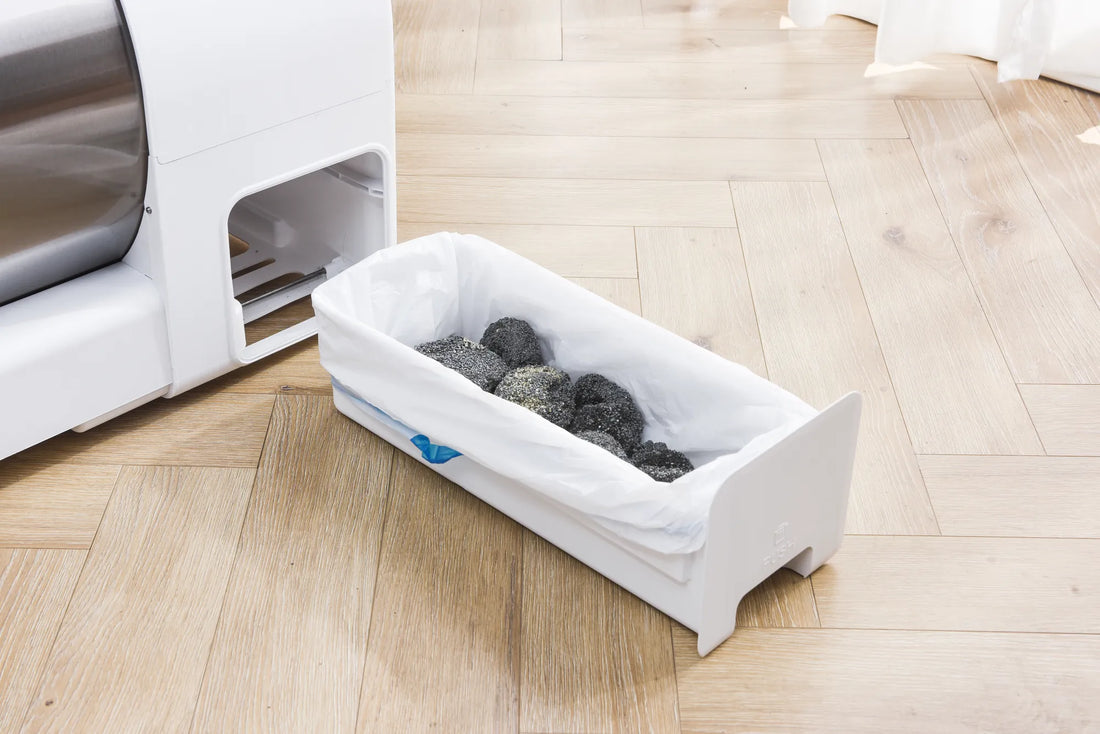Understanding Your Cat's Behavior
Cats are creatures of habit, and any deviation from their routine can be a cause for concern. If your cat is refusing to use the litter box, it's essential to understand the underlying reasons. This behavior can stem from various factors, including health issues, environmental changes, or even the type of litter you're using.
Health Issues That Affect Litter Box Use
One of the primary reasons your cat might avoid the litter box is due to health problems. Conditions such as urinary tract infections, constipation, or gastrointestinal issues can make it painful for your cat to defecate. If your cat associates the litter box with discomfort, they may start avoiding it altogether. It's crucial to consult your veterinarian to rule out any medical conditions.
Environmental Factors and Stress
Cats are highly sensitive to their surroundings. Changes in their environment, such as moving to a new home, introducing new pets, or even rearranging furniture, can cause stress and lead to litter box avoidance. Additionally, a dirty or poorly maintained litter box can deter your cat from using it. Ensuring a clean, quiet, and accessible litter box can make a significant difference.
The Role of Litter Type and Box Placement
The type of litter you use and the placement of the litter box can also impact your cat's willingness to use it. Some cats have preferences for certain types of litter, such as clumping versus non-clumping or scented versus unscented. Experimenting with different litter types can help you find one that your cat prefers. Moreover, placing the litter box in a quiet, low-traffic area can encourage your cat to use it.
Behavioral Issues and Solutions
Behavioral issues, such as anxiety or territorial disputes, can also lead to litter box avoidance. Cats may mark their territory by defecating outside the litter box, especially in multi-cat households. Addressing these behavioral issues may require patience and consistency. Providing multiple litter boxes, using pheromone diffusers, and ensuring each cat has their own space can help mitigate these problems.
Practical Tips to Encourage Litter Box Use
If your cat is still avoiding the litter box, there are several practical steps you can take. Regularly clean the litter box to maintain hygiene, and consider adding an additional box in a different location. Gradually introduce any changes to the litter type or box placement to avoid overwhelming your cat. Positive reinforcement, such as treats or praise, can also encourage your cat to use the litter box.
When to Seek Professional Help
If you've tried various solutions and your cat continues to avoid the litter box, it may be time to seek professional help. A veterinarian or a feline behaviorist can provide tailored advice and identify any underlying issues that may be contributing to the problem. Early intervention can prevent the behavior from becoming a long-term issue.
Understanding why your cat won't poop in the litter box is the first step toward resolving this frustrating issue. By addressing health concerns, making environmental adjustments, and experimenting with different litter types, you can help your cat feel more comfortable and confident in using their litter box. Remember, patience and consistency are key to successfully changing your cat's behavior.













